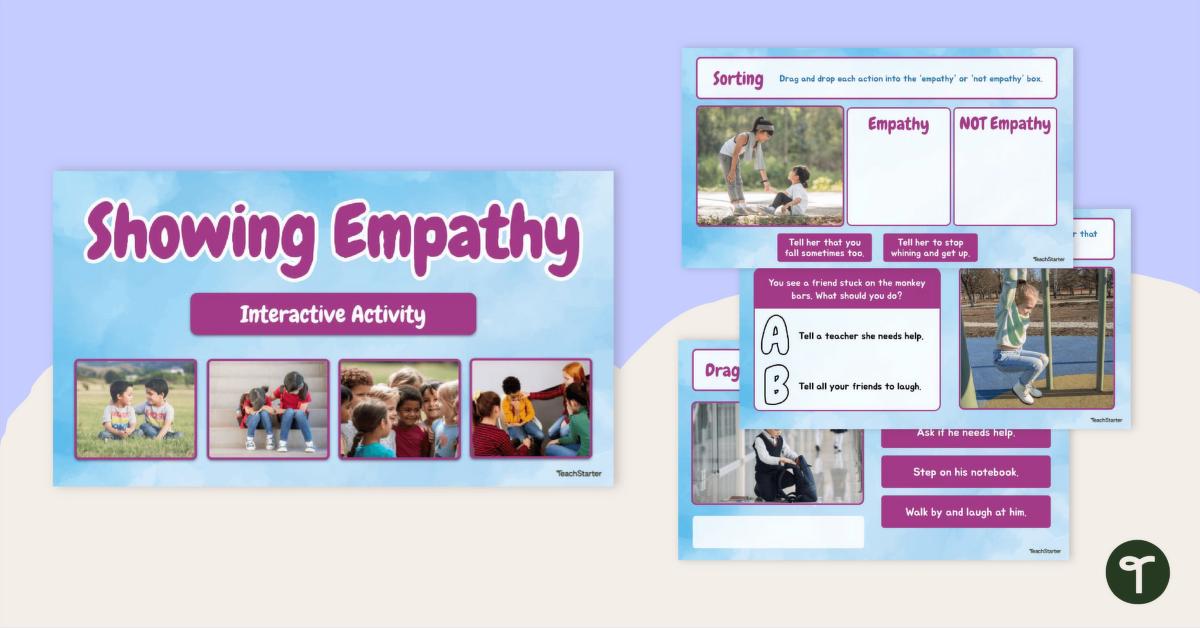Introduction
In a world where deadlines loom and budgets tighten, serverless computing is like a superhero swooping in to save the day—minus the spandex. It allows developers to build applications without worrying about server management, letting them focus on writing code that makes our digital lives easier. This elegant solution is revolutionizing project management, enabling teams to become more agile and efficient.
What is Serverless Computing?
Serverless computing is not about the absence of servers; instead, it’s about abstracting server management so developers can deploy code rapidly without stress.
Key Benefits of Serverless Computing:
- Cost-Effective: Pay only for the compute time you consume, saving dollars that can be better spent on more fun tech toys.
- Scalability: Automatically handle varying loads without breaking a sweat; your app scales up or down, like a rubber band under pressure.
- Less Management Overhead: With platforms managing the infrastructure, developers can focus on writing the next breakout feature instead of worrying about uptime.
Project Management Meets Cloud Migration
Embarking on a cloud migration adventure? Fear not! Cloud migration tools have evolved into a treasure map, guiding project managers through the murky waters of shifting workloads.
Key Steps in Successful Cloud Migration:
- Assessment: Analyze current workloads—what works, what doesn’t, and what should be thrown into the digital abyss.
- Planning: Develop a strategy that maximizes benefits while minimizing headaches. Think of it as planning a vacation: nobody enjoys arriving at a destination and realizing they forgot sunscreen!
- Execution: Use tools to facilitate your migration—many platforms have Kubernetes-based solutions that make managing containers feel as easy as pie.
- Monitoring: After migration, actively check if everything is up to snuff. Keeping tabs is essential, or you might find rogue data warehousing lurking in the shadows.
Data Warehousing and Cloud Storage
But what about all that data you have? Data warehousing is the unsung hero that organizes your data, transforming it into insightful treasures. Imagine having a well-organized library instead of a chaotic stack of unread novels!
Tips for Effective Data Warehousing:
- Choose the Right Storage Solutions: Leverage cloud storage options suited for your needs. Think of it as choosing the appropriate container for your leftovers; the last thing you want is a spaghetti explosion!
- Time to Analyze: Utilize your data warehouse to generate insights that can drive business decisions. You’ll never know if your special sauce recipe needs adjustment if you don’t analyze the ingredients.
Kubernetes: The Orchestrator of Your Cloud Symphony
Just as an orchestra requires a conductor to harmonize the music, Kubernetes serves as the conductor in your cloud architecture. This open-source platform orchestrates your containers, ensuring they run smoothly together.
Why Embrace Kubernetes?
- Flexibility: Deploy applications in varied environments. You can go hybrid or multi-cloud—everyone loves options!
- Resilience: Automatically handle failures, making it the ultimate safety net. Who wouldn’t want that in their life?
The Role of Frontend Development
Now, let’s shine a light on the unsung hero of the user experience: frontend development. The frontend is the polished face of your applications, the design that entices users to engage.
Steps to Elevate Frontend Development:
- **Wireframe Before Y...






